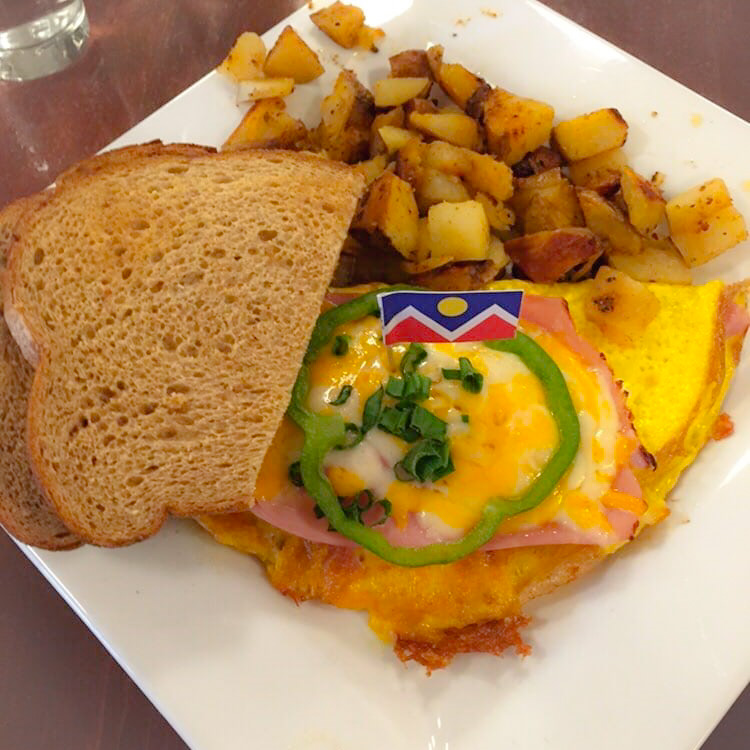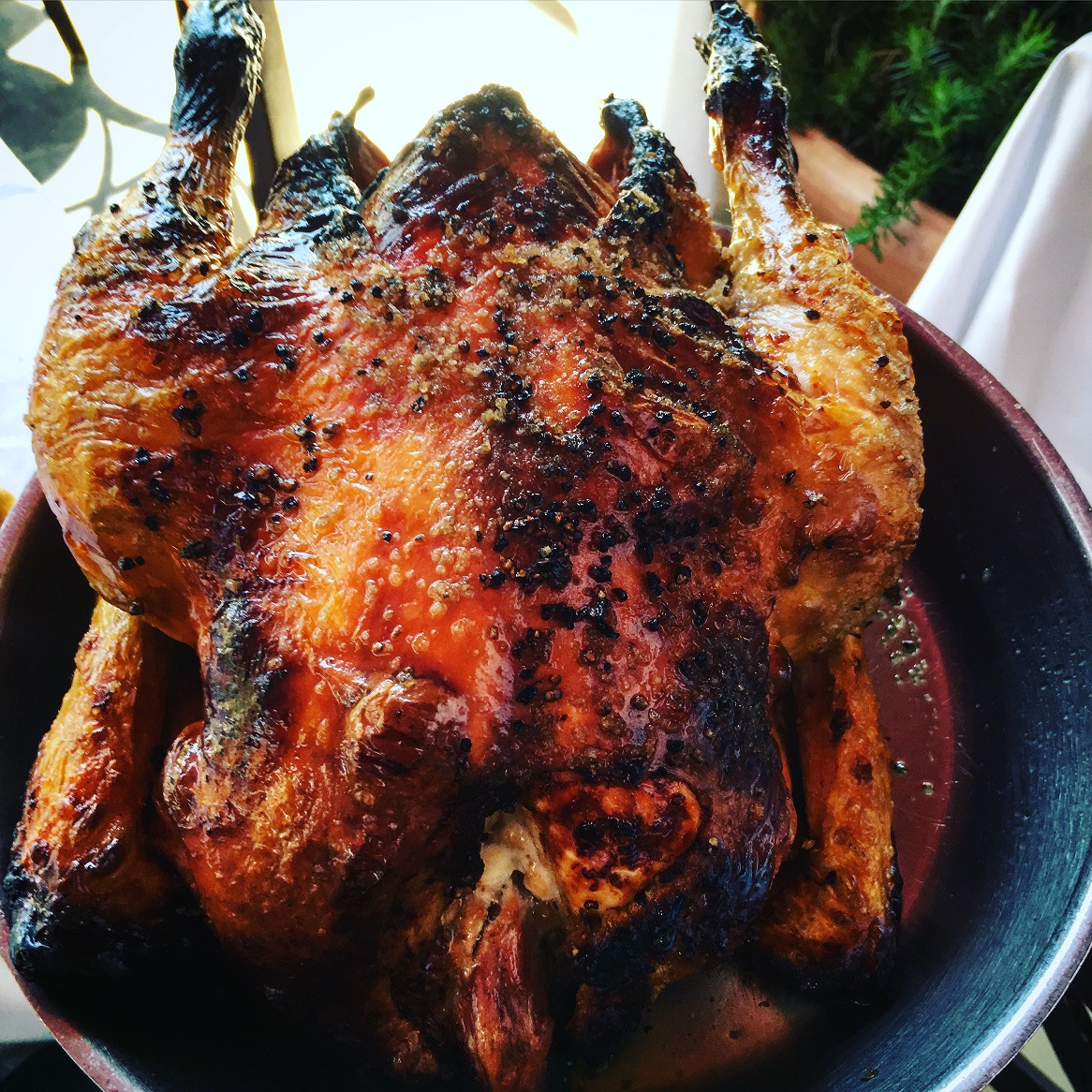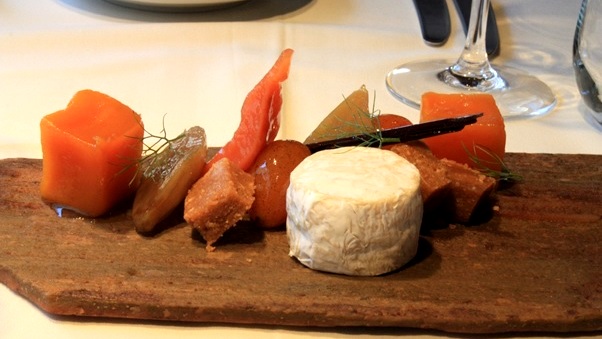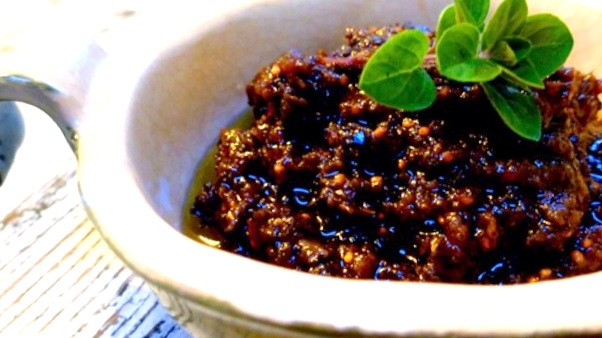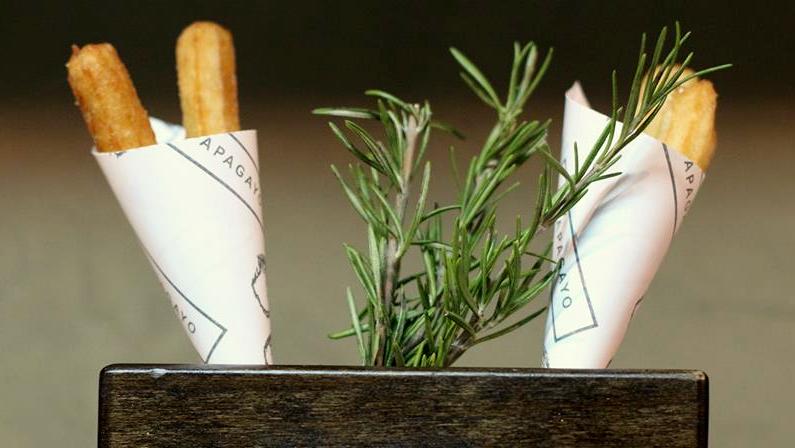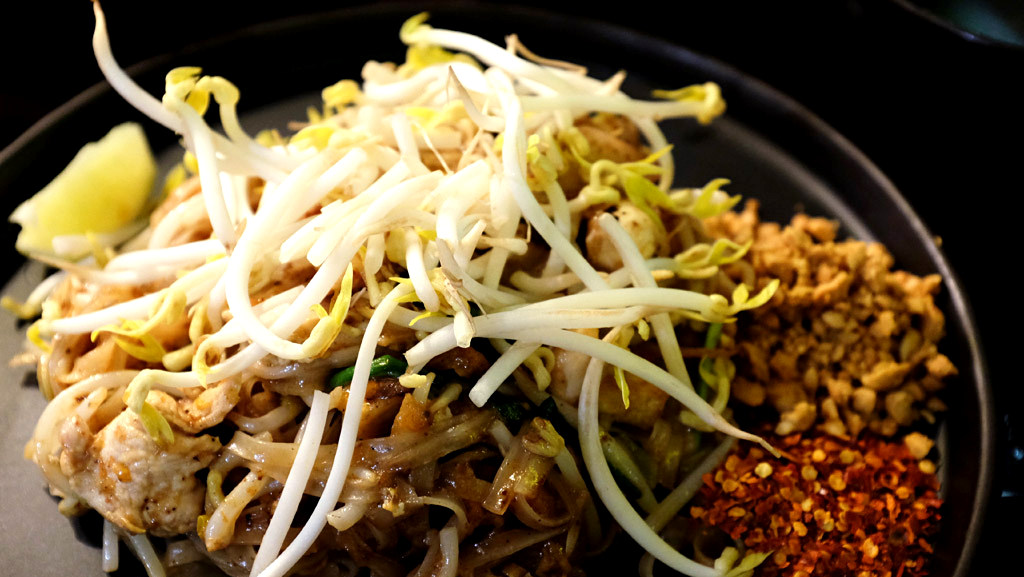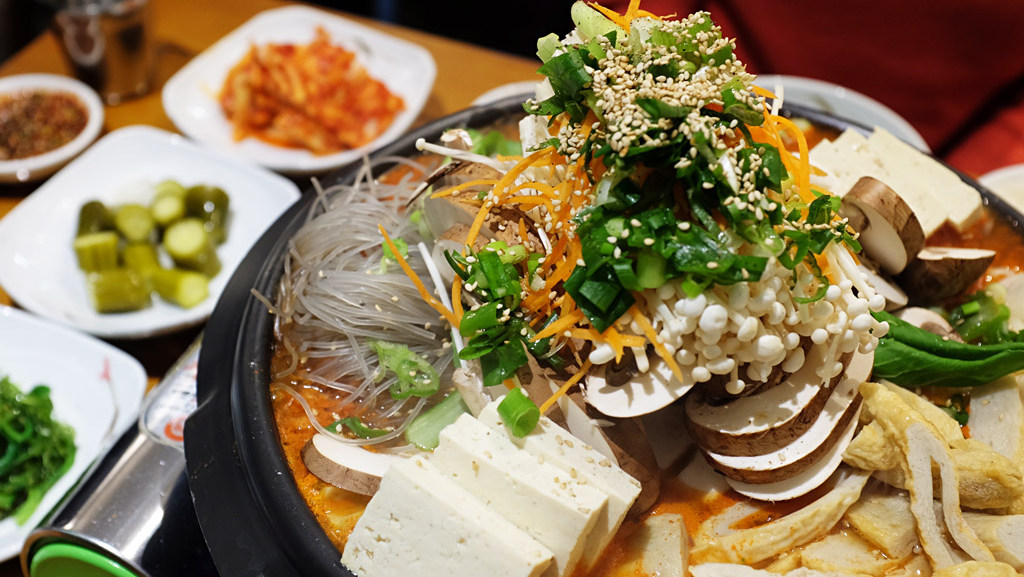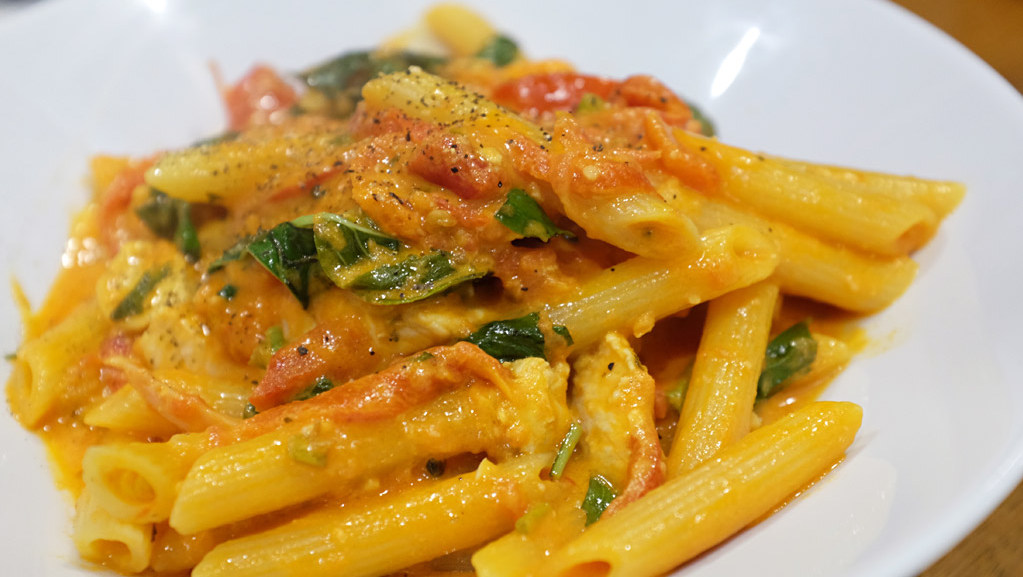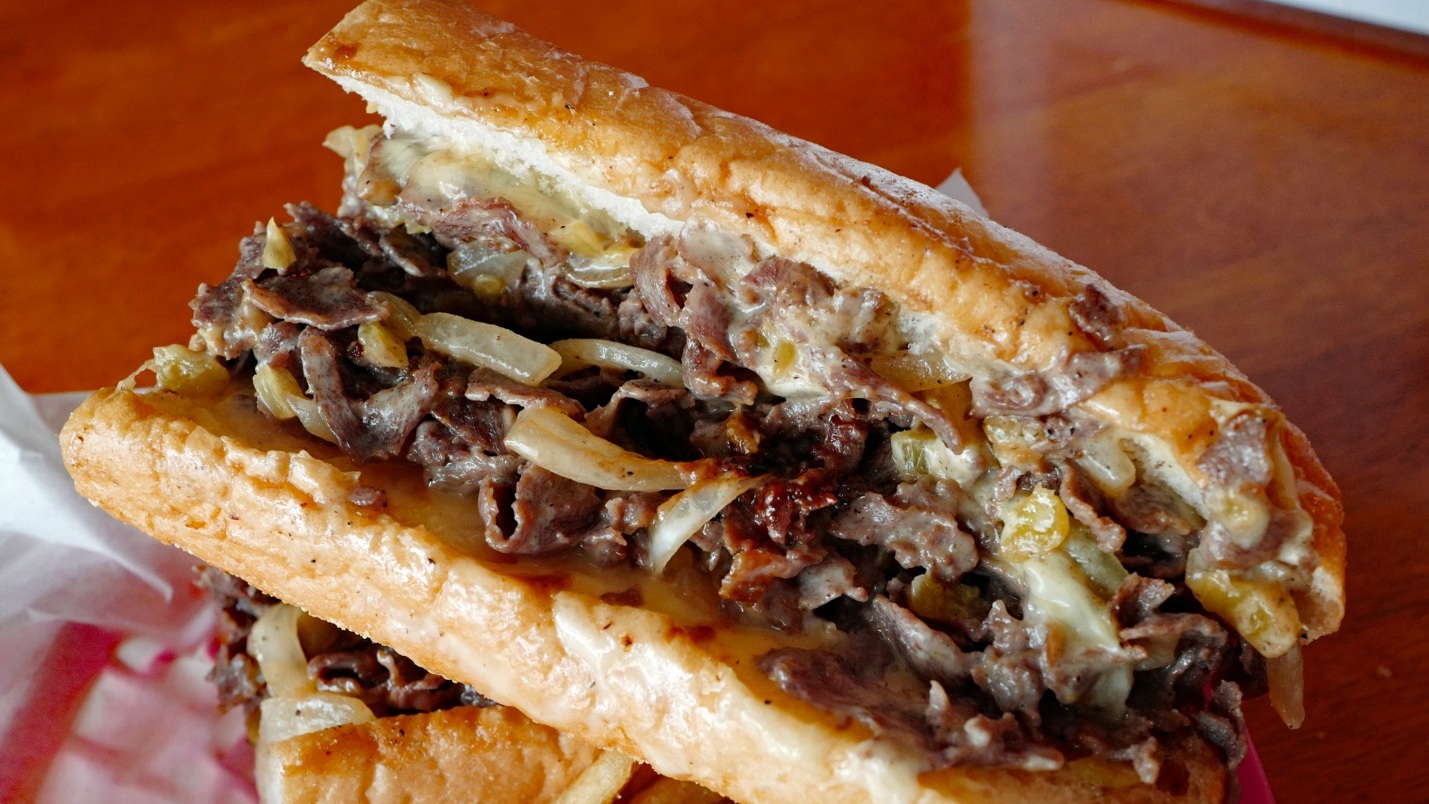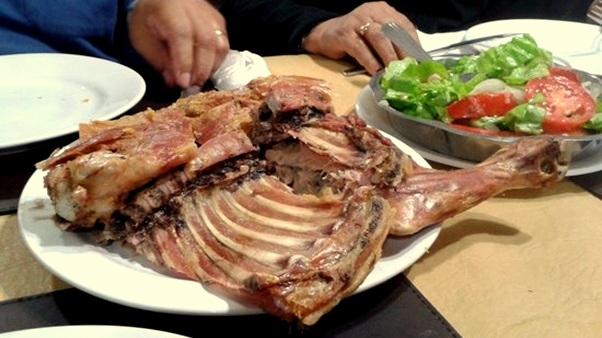Open since 1982, this popular diner is billed as “The Home of the Denver Omelette.” Named after the Mile High City, the diner’s Denver Omelet is an extra-fluffy omelette whipped with three, local farm-fresh eggs. Filled with ham, green peppers and onions, it is topped with thinly sliced ham, melted Cheddar, scallions and a green pepper ring. Diners can pair it with the restaurant’s roasted specialty potatoes or hash browns and toast or an English muffin. Not enough choices? You also can order a spicy variation or a Western Omelette Sandwich.
Looking for a romantic dinner in Nice? Opened by Nicole Rubi more than two decades ago, this vibrant eatery is the place to see and be seen while in town. While celebrities frequent the dining room, the Niçois cuisine, seafood offerings and truffled dishes are the real stars. The Foie Gras Stuffed Chicken is so good you will fall in love all over again, and the outdoor terrace is so beautiful it will spark marriage proposals right there on the spot. Pro tip: Book days or even weeks ahead, and order a salad Niçoise while you are at it.
In 2015, Córdoba produced almost 1.3 million tons of peanuts. Peanut oil and butter are some of the products for export, but Argentinians eat them in many ways. Sibaris, at the Windsor Hotel & Tower, is one of the finest restaurants in the city and uses peanuts in a delicious dessert offering. Order the mini camembert accompanied by fruit in syrup and homemade peanut and honey nougat.
Argentina is the world’s 10th largest producer of olive oil, ranking first in the Americas. Olives are naturally grown in northern Córdoba, between the Punilla and Traslasierra Valley. Most plantations, many more than 25 years old, produce canned olives in brine and organic olive oils. Regional farmers also make many olive products, like “pasta de aceituna,” an olive tapenade that tastes delicious on burgers, any kind of red meat or just spread on a piece of bread. You can buy this product in a deli store called Goulu and in one of the big markets of the city, Mercado Norte.
Not only do goats make great barbecue, their milk is used to create a delicate and creamy cheese. Driving around Córdoba’s hills, you’ll see a lot of goat cheese hanging outside small stores along the route. Ideal for antipasto and grilling, many artisans make goat cheese for export and sell them as deli products. In town, you also can find many varieties, like Brique Chévre, the French name for brie made by Santa Olalla, a small farm that also specializes as a delicatessen. The cheese is coated with white mold, which becomes ivory colored as it matures and its delicate, salty flavor becomes spicy. El Papagayo, one of the trendy restaurants in Córdoba, offers an updated version of Spanish churros filled with goat cheese.
Sukhumvit Soi 38 is named after the famous street food address “Soi 38” in the heart of Thailand, Bangkok. Unfortunately, for keen travellers who want to visit Soi 38, no luck. They are building a new development in that precinct. Soi 38 is probably the best Thai place (to date) in Adelaide. The Pad Thai is a must-order on every visit. The street-style fried noodles with chicken and egg is served with bean sprouts, peanuts, dried chilli flakes and a wedge of lemon. Mix and demolish. Another favorite is their crispy street-style Bangkok chicken wings served with nam jim (dipping sauce), perfectly balanced between salty, sweet, spicy and sour. It’s finger-lickin’ good. The menu at Soi 38 changes regularly with local and seasonal ingredients. The venue fills quickly, so be sure to make a booking so you don’t miss out. Waiting lists tend to be quick too, so take a chance if you must or spontaneously decide to walk in.
See Dee's Blog Post: http://tinyurl.com/hj88nxx
A spicy kimchi hot pot is one of the best things to combat the colder weather, and Mandoo’s version is the perfect winter warmer. Where to find this giant hot pot which well and truly feeds three humans? Mandoo Korean Dumplings on Bank Street. Get in early, as there always seems to be a line. The bubbling cauldron consists of four types of dumplings (pork, chicken, vegetarian and kimchi), tofu, pork, a variety of mushrooms, glass noodles, rice cakes, cabbage, vegetables and fish cakes, all swimming in a spicy kimchi broth. The spice levels could go a notch, which can be easily catered for. Just let the staff know. Order your hotpot at the counter and wait for the monstrosity to arrive. Give it a couple of minutes for the broth to bubble up, a staff member will pay a visit and mix up the ingredients while soaking them in the hot broth. Wait a bit more and dig in. Along with the hotpot, a number of side dishes accompany it (seaweed salad, pickled veggies, kimchi), enough to cover your table entirely, so keep the phones in your pocket to save room for food and cutlery. The dumplings are the stars here, they can be ordered on their own – steamed or fried. Watch them get made as well at the front counter as the owner chef hand crafts hundreds of them every week. Other Korean favorites on the small menu include udon noodles, soup dumplings, bibimbap and bibim mandoo.
See Dee's Blog Post: http://tinyurl.com/go2a37d
Get your pasta cravings satisfied at one of Adelaide’s culinary institutions, Parlamento. It is always packed to the brim. While the restaurant décor is a little clinical and cafe looking, the food is generous and full of flavor. The signature pasta dish is a winner. The Penne Basilico features chicken breast, semi-sundried tomatoes, roast capsicum and fresh basil in a cream tomato salsa. Simple and delicious with al dente pasta, the fresh and vibrant cream tomato salsa gets a punch from the sundried tomatoes and roast capsicum, hearty chicken pieces and the fragrant touch of fresh basil. Order the main pasta serving sizes, if you dare. They are HUGE. The entree size is $4 less than the price of a main serving size, but you’ll be more than satisfied by the generosity of the food. Book ahead; expect fast and casual service, a noisy atmosphere, lots of food options and don’t forget to bring an empty stomach!
See Dee's Blog Post: http://tinyurl.com/hhbu5ut
For a great Philly cheesesteak, foodsters head to Jackie M's & Son Café, a friendly little sandwich shop in an old home in a residential neighborhood of Augusta, Ga. Jackie's husband grew up in Philadelphia, and she, along with her son, Chef Clinton McCalla, order Italian hoagie rolls from Philadelphia’s Amoroso Bakery and heap them with tender, thinly-sliced sirloin sizzled on a flat-top with sautéed onions and peppers. This delicious sandwich is topped with melted white American cheese, so grab extra napkins. You’ll need them. Fans also recommend the soul rolls. A crisp Chinese egg roll is packed with sirloin, jerk chicken, Buffalo chicken or Philly chicken blended with melted cheese and sautéed onions, served with a creamy house-made cucumber dipping sauce. Pro tip: Save room for the red velvet cheesecake. Cream cheese frosting and nuts blanket the chocolaty cheese cake set on a graham cracker crust.
Argentineans love beef, but one of the best areas for goat is Villa Quilino in northern Cordoba. In Salinas Grandes, an important breeding area, goats are fed only milk from their mothers, which graze on mistol fruit, carob tree and wild bushes. The result is a white, tender meat traditionally grilled “a la llama” or “a la estaca.” The entire goat is grilled on a metal cross over an open fire for hours. Every January, thousands visit Villa Quilino for the national “Cabrito” (small goat) festival. In Cordoba, a few restaurants specialize in goat. One of them is Los Cabritos, where they not only serve traditional grilled goat, but they also serve pasta.


